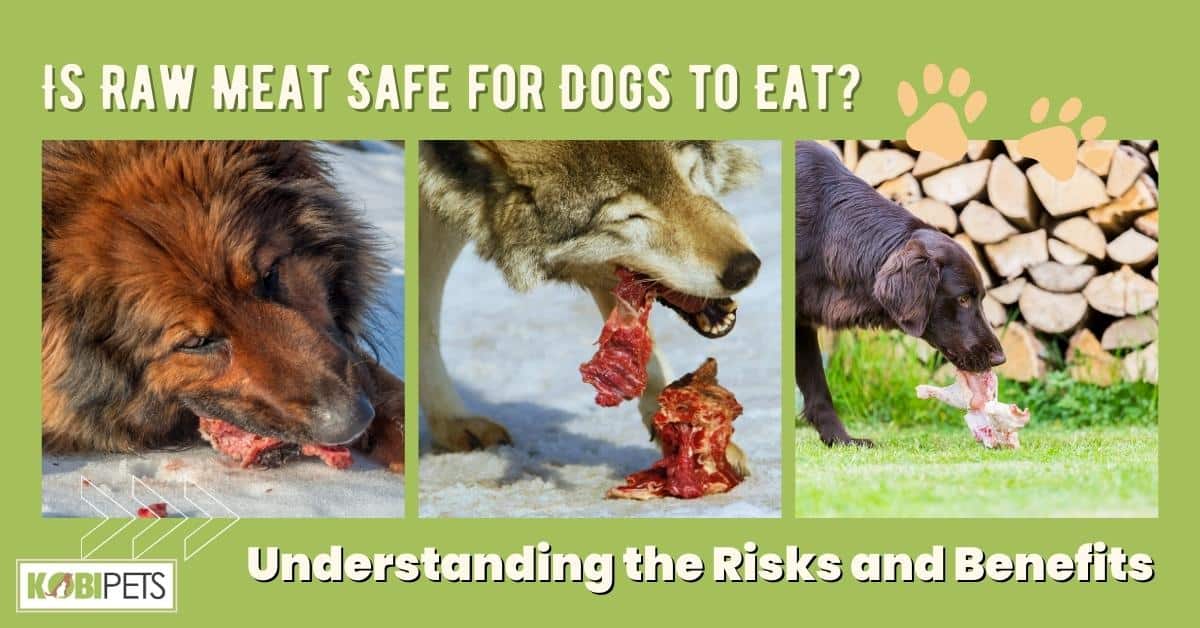
Many pet owners are caught in the debate over whether raw meat should be included in a dog’s diet. While there are some benefits to feeding raw meat, such as potentially improved digestion and increased energy levels, there is also the potential for illness due to bacteria or parasites that live in the meat.
Is raw meat safe for dogs to eat? While raw meat has numerous benefits for your dog’s health, there are also potential risks associated with it. It is important to be aware of these risks and take proper precautions when feeding your dog a raw diet, such as consulting with your veterinarian, purchasing high-quality meats from reputable sources, handling raw meat carefully, and thoroughly washing hands after handling.
The Benefits of Raw Meat for Dogs
Raw meat diets for dogs, also known as a raw food diet or a BARF (Biologically Appropriate Raw Food) diet, have gained popularity in recent years.
Advocates of raw meat for dogs argue that it offers several benefits over traditional commercial dog food. Here are some of the potential benefits of raw meat for dogs:
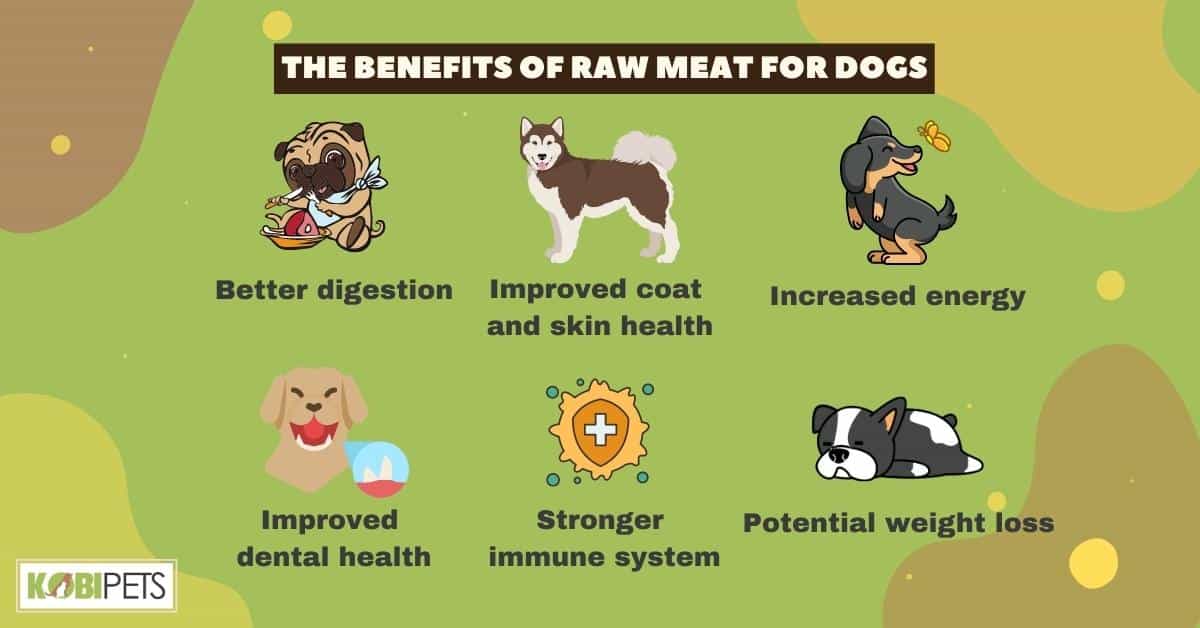
The Benefits of Raw Meat for Dogs
- Better digestion: Raw meat is easier for dogs to digest than cooked or processed foods. This is because raw meat contains natural enzymes and bacteria that aid in digestion.
- Improved coat and skin health: Raw meat contains essential fatty acids and amino acids that can improve a dog’s coat and skin health. Many pet owners report that their dogs have shinier coats and fewer skin problems on a raw meat diet.
- Stronger immune system: Raw meat contains natural antioxidants and nutrients that can boost a dog’s immune system. A stronger immune system can help your dog fight off infections and illnesses.
- Increased energy: Some dog owners report that their dogs have increased energy levels on a raw meat diet. This could be due to the higher nutrient content of raw meat, which provides more energy for your dog’s body to use.
- Improved dental health: Chewing on raw bones can help keep your dog’s teeth clean and healthy. Raw bones are softer than cooked bones and less likely to splinter, which can be a choking hazard.
- Potential weight loss: Raw meat diets can be lower in carbohydrates and higher in protein than commercial dog food. This can lead to weight loss in overweight dogs.
It’s important to note that not all dogs will experience these benefits on a raw meat diet. Additionally, there is limited scientific research on the benefits of raw meat for dogs, so much of the evidence is anecdotal.
The Risks of Raw Meat for Dogs
While raw meat diets for dogs have gained popularity in recent years, there are also several risks associated with feeding your dog raw meat. Here are some of the potential risks of raw meat for dogs:
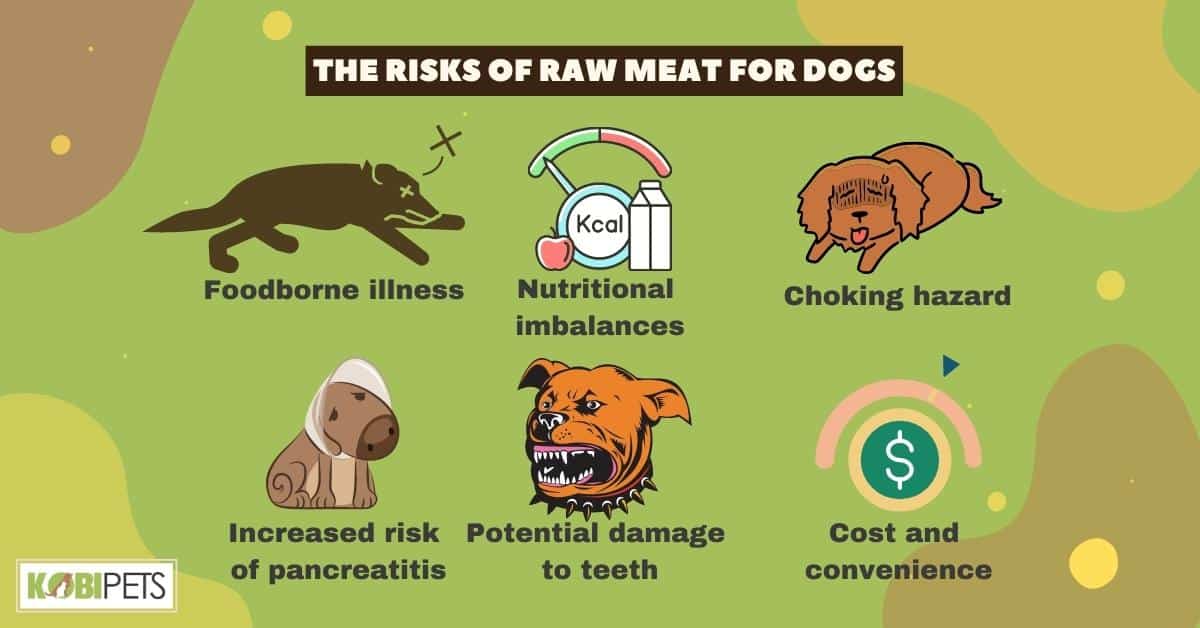
The Risks of Raw Meat for Dogs
- Foodborne illness: Raw meat can be contaminated with bacteria such as Salmonella, E. coli, and Listeria. These bacteria can cause serious illness in dogs and can also be transmitted to humans who come into contact with the contaminated meat.
- Nutritional imbalances: Raw meat diets can be nutritionally imbalanced, leading to deficiencies in certain vitamins and minerals. This can cause health problems for your dog over time.
- Choking hazard: Feeding your dog raw bones can be a choking hazard. Raw bones are softer than cooked bones, but they can still splinter and cause choking or gastrointestinal obstruction.
- Increased risk of pancreatitis: Raw meat diets are often high in fat, which can increase the risk of pancreatitis in dogs.
- Potential damage to teeth: Chewing on hard bones, such as beef bones, can cause dental fractures or damage to your dog’s teeth.
- Cost and convenience: Raw meat diets can be expensive and time-consuming to prepare. They may also be difficult to store and transport, especially if you travel frequently with your dog.
It’s important to talk to your veterinarian before switching your dog to a raw meat diet. Your vet can help you assess the potential risks and benefits and can recommend a balanced and nutritionally adequate diet for your dog.
If you do choose to feed your dog raw meat, it’s important to take precautions to minimize the risk of foodborne illness and to monitor your dog’s health closely.
The Debate Over Nutritional Adequacy
Raw meat has been a topic of debate among dog owners for years. While some believe that feeding their dogs raw meat is the best way to provide a balanced diet, others are concerned about the potential risks associated with it.
One of the main concerns is whether raw meat provides all the necessary nutrients that dogs need to stay healthy.
Proponents of raw meat argue that it contains essential nutrients that are lost during cooking, such as enzymes, vitamins, and minerals.
They also claim that feeding dogs a raw diet can improve their overall health, including their coat, skin, and immune system.
However, opponents of raw meat point out that there is no scientific evidence to support these claims. They argue that raw meat can be contaminated with harmful bacteria such as Salmonella and E. coli, which can cause serious illness in both dogs and humans.
Additionally, they claim that a raw diet may not provide all the necessary nutrients in the right proportions, leading to nutritional deficiencies.
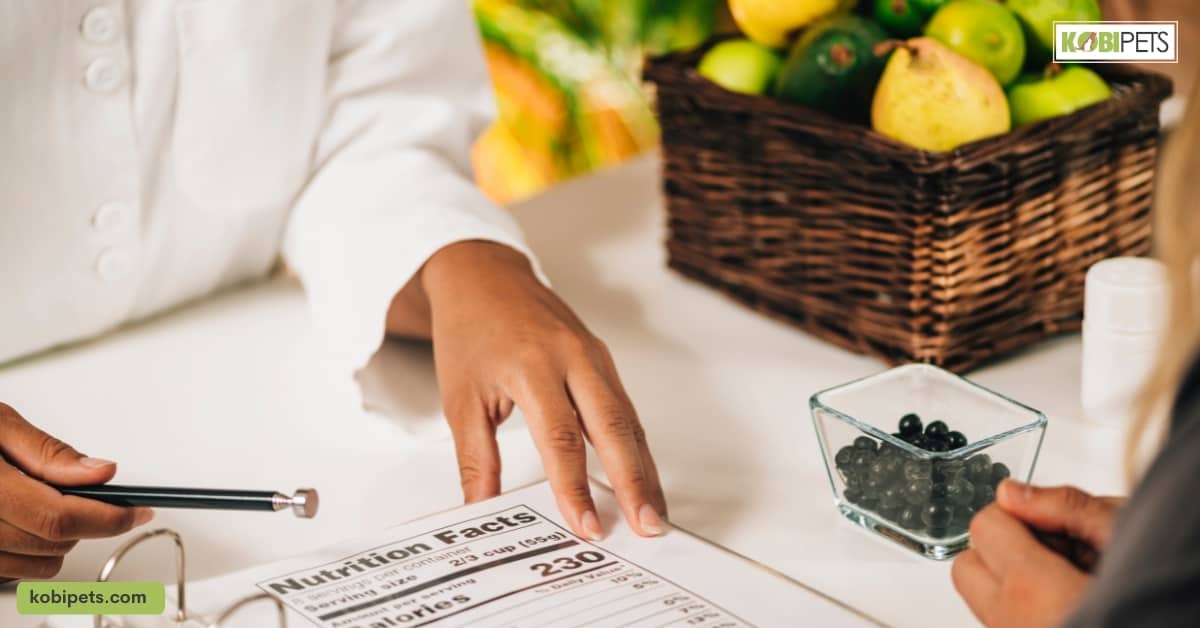
Potential Health Risks for Humans
While some people believe that raw meat is the best option for their furry friends, others are concerned about the potential health risks associated with it. However, one aspect that is often overlooked is the impact of raw meat on humans.
Although dogs have a digestive system that can handle raw meat better than humans, there are still potential health risks for humans who handle or consume raw meat.
Raw meat can contain harmful bacteria such as Salmonella and E. coli, which can lead to food poisoning in both dogs and humans.
In addition, handling raw meat can increase the risk of cross-contamination in your kitchen, which can lead to further health complications.
Despite these risks, there are also benefits to feeding your dog a raw diet. Raw meat contains essential nutrients that can improve your dog’s overall health and well-being. It can also help with weight management and reduce the risk of certain diseases.
If you decide to feed your dog a raw diet, it’s important to take proper precautions to ensure both your dog’s and your own safety.
Consult with your veterinarian before making any changes to your dog’s diet and make sure you’re purchasing high-quality, fresh meats from reputable sources.
Always handle raw meat carefully and follow proper food safety guidelines when preparing meals for your dog.
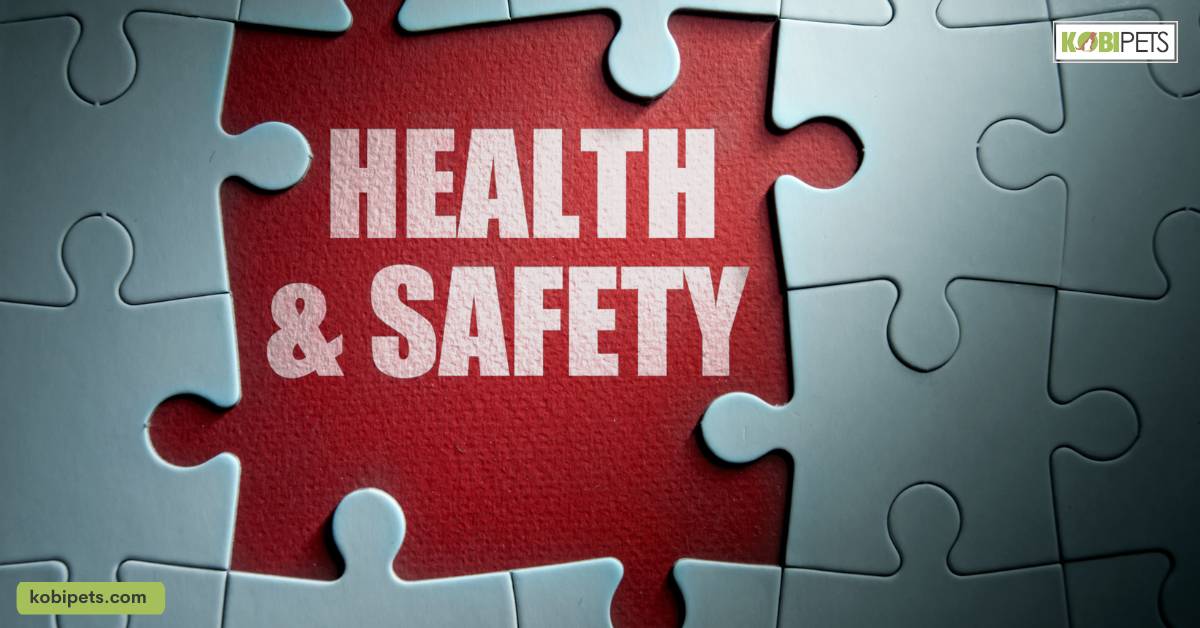
Precautions to Take When Feeding Your Dog Raw Meat
Feeding your dog a raw diet can provide numerous benefits for their overall health and well-being. However, it’s important to take proper precautions to ensure both your dog’s and your own safety. Here are some precautions you should take when feeding your dog raw meat:
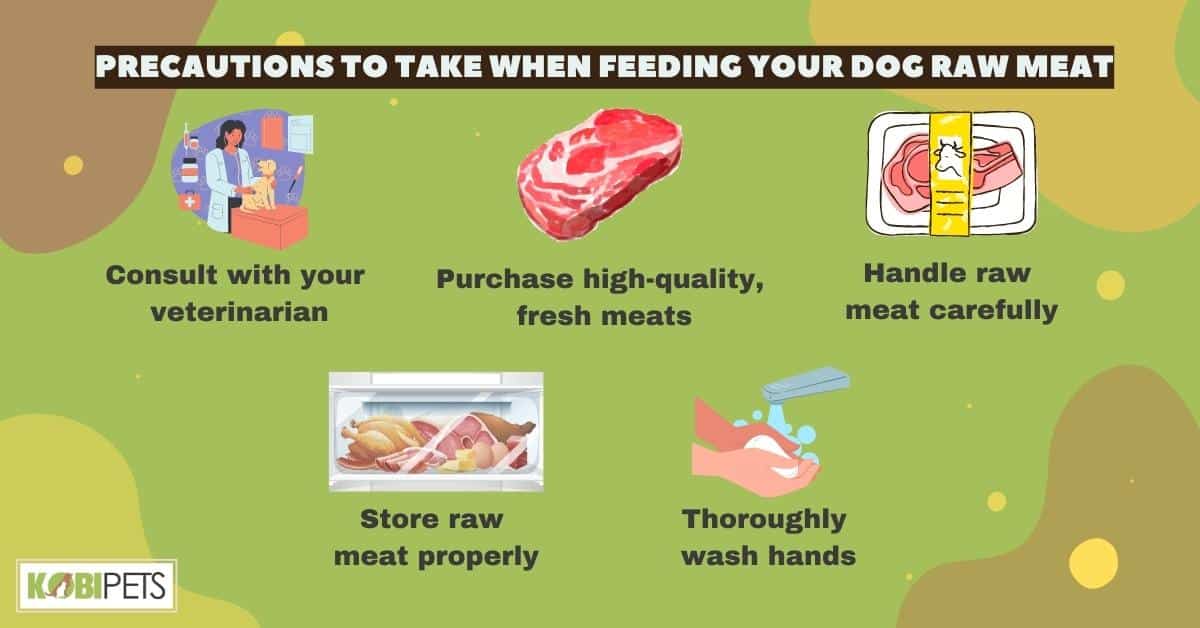
Precautions to Take When Feeding Your Dog Raw Meat
- Consult with your veterinarian: Before making any changes to your dog’s diet, consult with your veterinarian. They can help you determine if a raw diet is appropriate for your dog based on its individual needs and health status.
- Purchase high-quality, fresh meats: It’s important to purchase high-quality, fresh meats from reputable sources. Avoid purchasing meat that has been previously frozen or has been sitting out at room temperature for an extended period of time.
- Handle raw meat carefully: Always handle raw meat carefully to avoid cross-contamination in your kitchen. Use separate cutting boards, utensils, and containers for handling raw meat, and wash them thoroughly after use.
- Store raw meat properly: Raw meat should be stored in the refrigerator or freezer until ready to use. Keep it separate from other foods to avoid cross-contamination.
- Thoroughly wash hands: After handling raw meat, thoroughly wash your hands with soap and hot water for at least 20 seconds.
In conclusion
Ultimately, pet owners must use caution when deciding whether or not to feed raw meat to their canine companions. There are some health benefits associated with a raw diet, as long as safety protocol is followed to mitigate the disease risks.
Responsible pet owners should research different diets before making a decision; in some cases, a balance of raw and cooked meats may be the best option for providing optimal nutrition that is safe for both owner and pup.






